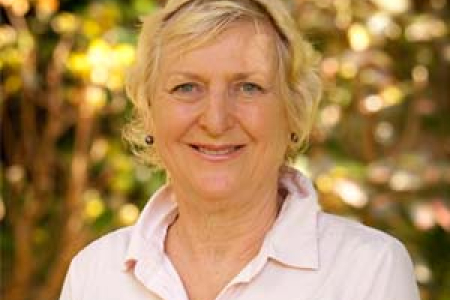Darwin’s hinterland development bucks national experience
The transformation of Darwin’s hinterland during the past 70 years into a shire of more than 20,000 people is unique for an Australian capital city.
Charles Darwin University researcher Jan Salmon has mapped the development of Darwin’s hinterland (Litchfield Shire) using GIS software as part of her research entitled “Drivers of change in Darwin’s hinterland”.
With more than 20 years’ experience as a town planner, Ms Salmon moved to the NT nine years ago. Last year she joined CDU’s Northern Institute as a research associate after completing her Masters degree.
“Darwin’s hinterland displays a complex mixture of rural living, a multi-million-dollar horticulture industry, conservation and water catchment protection areas, and Aboriginal lands,” Ms Salmon said.
“This development did not occur through the traditional pattern of the transformation of rural land from agriculture. Darwin shows a startlingly different picture to almost all other Australian capital cities.”
Ms Salmon said the development of Darwin showed that counterurbanisation, commonly known as a “tree change”, occurred in the 1950s when the savannas were transformed into rural residential lots. Later agriculture grew out of counterurbanisation from the enterprises of residential hobby farmers.
“Most of the lands in the hinterland in the 1950s were tropical savannas unchanged for thousands of years, except by the Aboriginal traditional owners of the land who hunted and gathered and managed the landscape with fire,” she said.
“Looking at the past 70 years I have examined why the development of Darwin departs from the traditional model.”
Ms Salmon has suggested that part of the explanation lay in Darwin’s colonial history.
“Historically, Darwin was established as an administrative outpost for firstly the South Australian and later the Commonwealth Government rather than being a city that evolved organically. Land sold to speculators in the 1860s was not taken up until the 1950s.
“Commonwealth experimentation with agriculture continually failed because the environment did not respond to traditional European farming methods. Unlike most tropical savannas in northern Australia, the pastoralists never established a stronghold over Darwin’s hinterland. Finally and significantly, the land in the hinterland was mainly freehold land, while land in the urban area was successively made leasehold through compulsory acquisition by the Commonwealth Government. This meant it was cheaper and less restrictive to live further from the town centre.”
